Want your outdoor space to feel like a Provençal courtyard by next weekend? You’re not alone. Lots of people love the look—lavender humming with bees, a gravel courtyard garden underfoot, and a little bistro table—but get stuck on the what to buy, how deep to lay it, and how to keep it low-maintenance and water-wise.
This guide turns inspiration into action with 15 French country garden decor ideas: exact gravel sizes and depths, spacing for lavender and herbs, safe lighting notes (think IP65+ and RCD protection), and simple upkeep that fits real life.
Outdoor upgrades aren’t a niche trend, either: half of renovating homeowners improved outdoor spaces in 2024, according to Houzz data reported by KBBFocus—so these choices are timely heading into 2025. You’ll learn how to lay a stable pea-gravel patio, choose authentic wrought iron pieces, plant drought-tolerant combinations that reduce watering, and design for wildlife without sacrificing that elegant Provence garden decor vibe.
By the end, you’ll know the materials, measurements, and steps to create a space that looks like France and works for your climate, budget, and weekend bandwidth—no guesswork, no wasted spend. Keywords: French country garden decor, French country garden ideas, Provence garden decor, gravel courtyard garden.
1. Lay a Pea-Gravel Courtyard
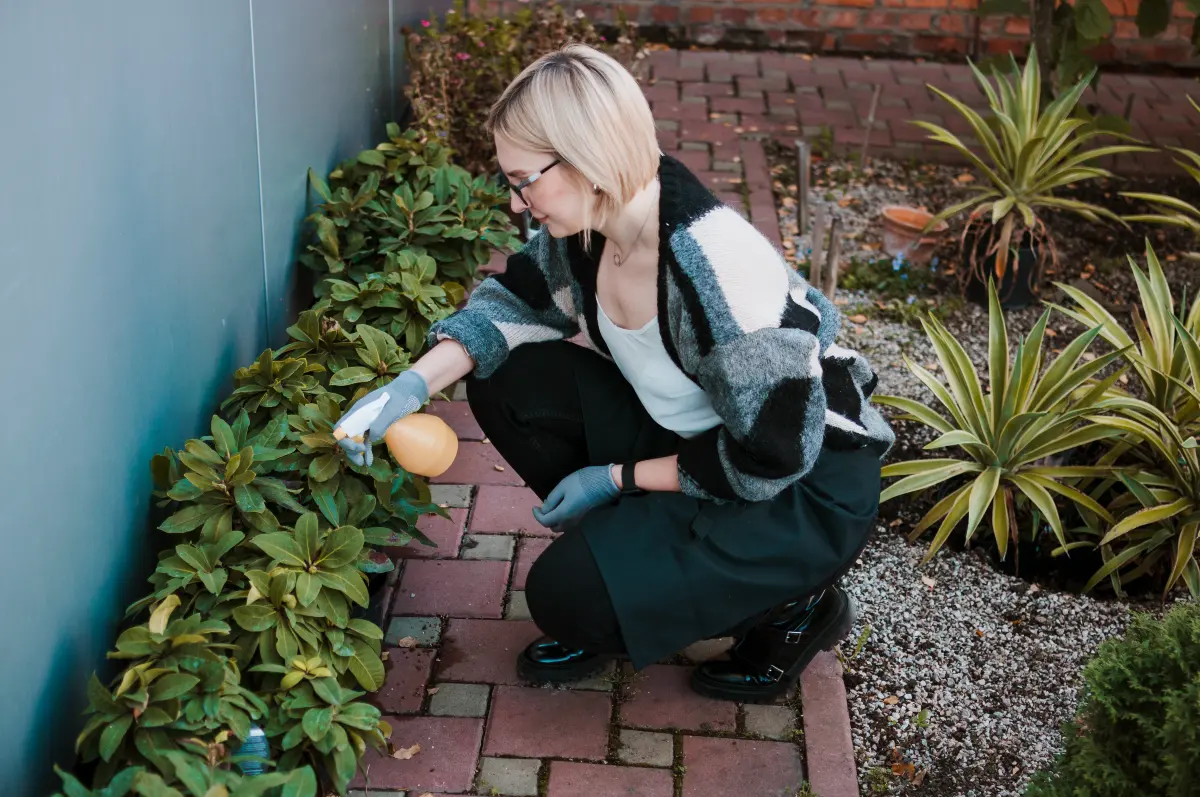
Make Gravel Work Like a Courtyard Floor
Actionable specs, coverage math, and the details most people forget—so your gravel looks Provençal and performs in heavy rain.
Why Permeable Beats Puddles
RHS guidance notes that permeable surfacing lets rainfall soak into the ground rather than run off, which helps relieve local flooding and keeps soil healthier.
Aim for a gentle fall of about 1–1.5% away from buildings to shed cloudbursts without channeling water where you don’t want it.
3-Step Install Sequence
- Base: Create a free-draining, compacted sub-base; check your fall with a level.
- Contain: Fit edging first, then lay a woven weed membrane neatly to the perimeter.
- Finish: Spread gravel evenly, 30–40 mm for 10 mm stone or 40–50 mm for 20 mm; rake level.
Coverage at a Glance (850 kg bulk bag)
| Loose Depth | Typical Coverage | Use Case |
|---|---|---|
| 30 mm | ≈ 13 m² | Light foot traffic |
| 40 mm | ≈ 10 m² | Standard paths/patios |
| 50 mm | ≈ 8 m² | Chunkier finish / slopes |
Rule-of-thumb based on common UK supplier guidance; actual coverage varies with stone density and grading.
2025 Cost Snapshot (UK)
Budget excludes sub-base, edging, delivery, and tool hire (wheelbarrow, rake, compactor).
Avoid These Common Pitfalls
- Skipping edging → gravel migrates into beds and lawns.
- Laying too deep → feels spongy; too shallow → shows membrane.
- No fall → water ponds against walls and thresholds.
- Membrane above edging height → visible edges and trip risk.
- Ignoring PPE → gloves, eye protection; damp down dusty aggregates.
Spec Cheat-Sheet for a Provençal Feel
Check local SuDS guidance if paving front gardens; permeable build-ups are often preferred or required.
A pea-gravel patio is the backbone of French style and a climate-smart swap for solid paving. The Royal Horticultural Society (RHS) notes that impermeable surfaces can increase rainwater run-off dramatically; permeable ones (like gravel over a permeable sub-base) let water soak away, easing flood risk and helping soil health.
Do / Buy / Measure
- Gravel size & depth (paths/patios): use 10 mm gravel at 30–40 mm depth for foot traffic comfort; or 20 mm at 40–50 mm for a chunkier look. That’s the sweet spot most UK aggregate guides recommend. Add a woven weed membrane and robust edging (steel, stone, or aluminum) to keep lines crisp.
- Sub-base: Lay a free-draining, compacted base so the surface stays level and permeable. Slight fall (≈1–1.5%) sheds heavy downpours. Start Safety UK
- Budgeting: In 2025, expect ~£60–£90 per 850 kg bulk bag depending on region and stone—recent examples: £59.99–£71.99 (AVS), £70 (TMG), ~£80 (Surrey Soil & Turf), ~£89.74 (Carvers). One bulk bag typically covers ~10 m² at 40–50 mm.
Why it works: It’s the classic look of French courtyards, it drains, and it’s easy to top up. If you remember one spec, remember this: 10 mm aggregate at ~30–40 mm depth for foot traffic.
2. Add a Wrought-Iron Bistro Set
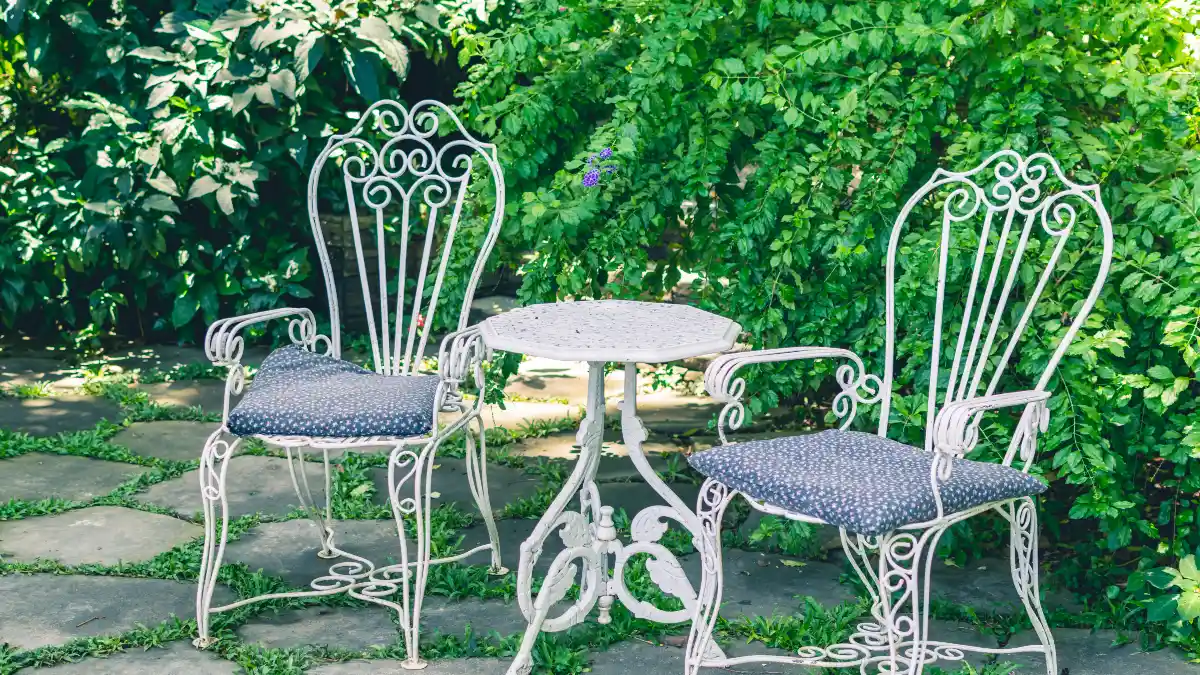
Nothing delivers “Paris café at home” like a folding bistro set. Fermob’s Bistro chair—a genuine French design icon—dates to 1889, and modern versions use anti-UV powder coating and anti-corrosion treatments so they hold up outdoors. Look for those finishes (or similar quality claims) whichever brand you buy.
Do / Buy / Measure
- Choose foldables if your terrace is small; stash them when not in use.
- Clearance: allow ~90 cm around the table so chairs pull out comfortably and the space actually works day to day.
- Maintenance: once or twice a season, brush off rust, wash with soapy water, dry thoroughly, and protect with a wax/oil or metal-safe sealant. For light rust, household acids (e.g., vinegar) can help before re-sealing. Guidance from outdoor furniture specialists aligns on this step-order.
Result: a compact, durable seating “moment” that instantly telegraphs French bistro set charm and pairs beautifully with terracotta, herbs, and lanterns.
3. Plant Lavender & Mediterranean Herbs (fragrance + low water)
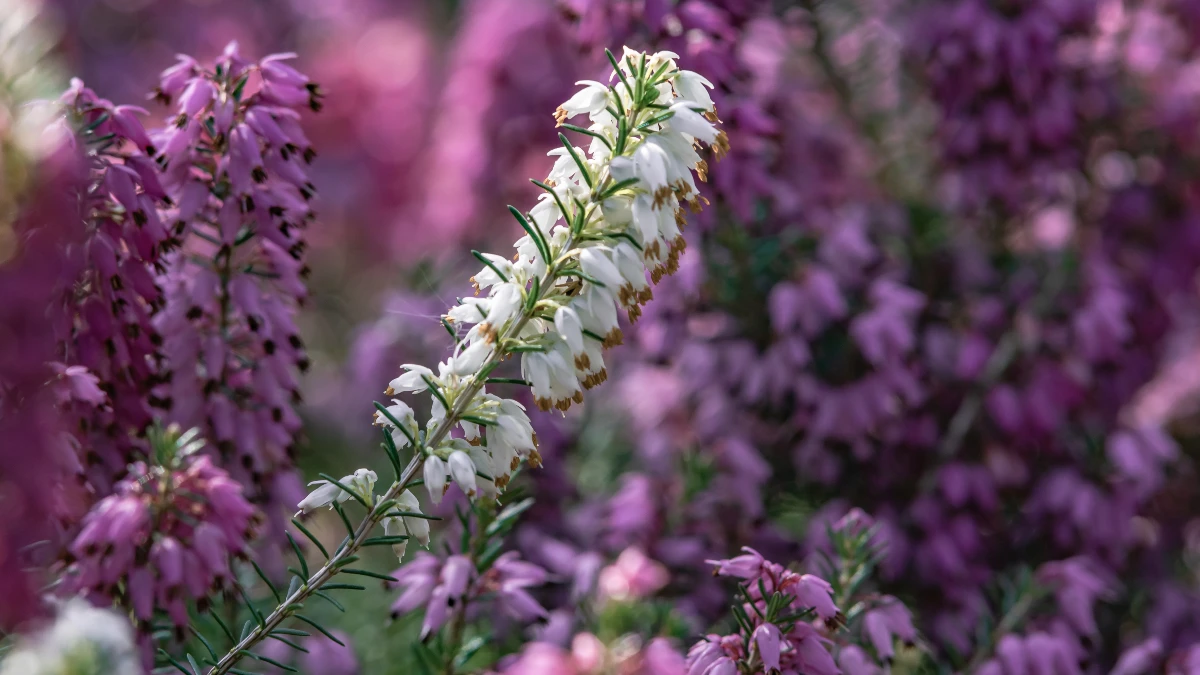
For effortless Provence texture, combine lavender with airy Stipa and culinary herbs like rosemary and thyme. These Mediterranean partners want full sun and sharp drainage; the combo gives months of scent, movement, and color and is widely recommended by design editors and horticultural sources.
Do / Buy / Measure
- Site & spacing: Plant in full sun (≈6+ hours) with gritty soil; in groups, space lavender about 90 cm apart (or 30–45 cm for low hedging, depending on cultivar).
- Water-wise win: RHS scientists advise that an organic mulch can reduce water use by up to 75%—top-dress 5–7 cm in spring, keeping stems clear. This is one of the easiest drought-proofing upgrades you can make.
- For wildlife: Choose varieties from the RHS Plants for Pollinators list (lavender, thyme, rosemary all feature). You’ll feed bees while keeping maintenance down.
Starter palette: Lavandula angustifolia or L. × intermedia + Stipa tenuissima + Salvia rosmarinus + Thymus vulgaris. Keep feeding light, avoid heavy composts, and prune lavender lightly after flowering to keep mounds tight.
4. Use Terracotta & Anduze-Style Urns
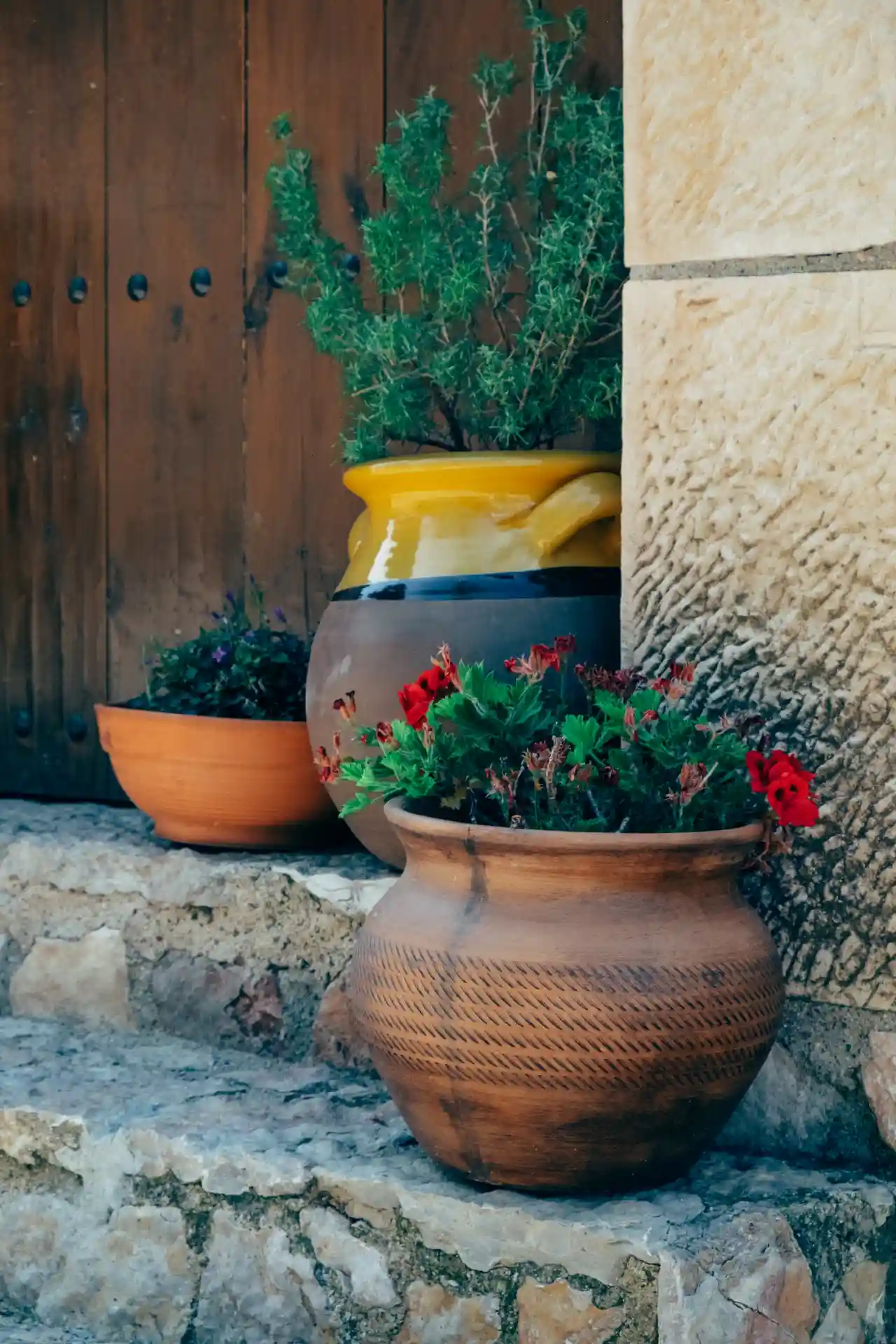
Group frost-proof terracotta and Anduze-style urns by height (tall + mid + low) to create instant architecture and patina—classic French country garden decor. True Anduze pottery is beautiful but often not frost-proof, so treat originals as seasonal showpieces or site them in the most sheltered spot.
Do / Buy / Measure
- Choose materials: Look for frost-proof (not just “frost-resistant”) terracotta or high-fired clay; they absorb less water and better resist freeze–thaw. The RHS notes terracotta can crack in winter—so frost-proof specification matters.
- Drainage & mix: Ensure a clear drainage hole and use a free-draining compost with added grit. Don’t stand pots in saucers over winter. (Trapped water = freeze risk.)
- Raise & wrap: In cold spells, lift pots on feet for airflow and drainage; in severe frost, wrap (hessian/bubble wrap) or move to a wall’s lee. As the RHS puts it, “Raise containers… on pot feet… to help prevent the freezing conditions that cause pots to crack.”
- Know the failure mode: As Houzz explains, terracotta’s pores take up water; when it freezes and expands, the pot can spall or shatter. Prevention = drainage + elevation + shelter.
5. Frame Beds with Low Clipped Hedges
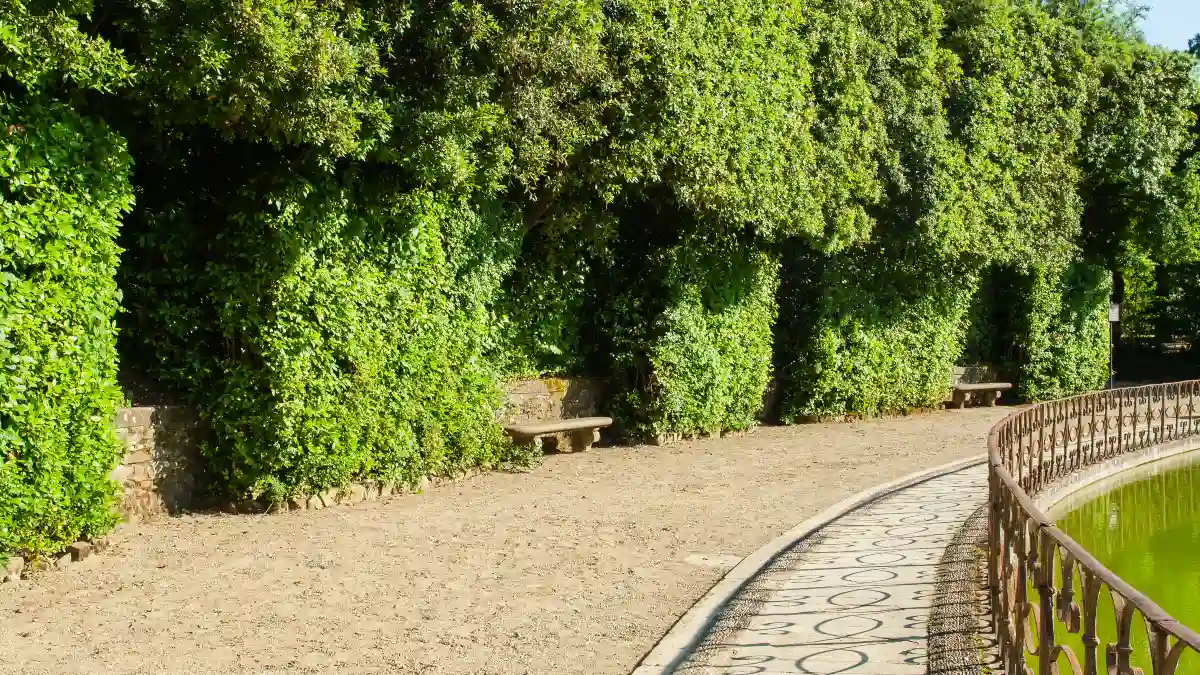
Get the formal bones without the box (Buxus) headaches. With box tree moth and blight still a risk in 2025, the RHS and leading designers recommend reliable box alternatives for low hedging and parterres. Top candidates include Santolina chamaecyparissus (cotton lavender), Teucrium × lucidrys (hedge germander), compact Pittosporum cultivars, and Podocarpus for mild gardens—choices also spotlighted by Gardens Illustrated’s Matthew Pottage.
Do / Buy / Measure
- Plant list & roles:
- Santolina for silver mounds; behaves well as dwarf hedging, then trim after flowering. (Short-lived? Replace sections every few years.)
- Teucrium × lucidrys for tight, clip-able edging (≈30 cm tall).
- Pittosporum (compact forms) for soft evergreen structure; trim mid-spring to late summer, 2–3 light clips for polish.
- Spacing guide: For fine, low hedge edging, plant close and evenly (e.g., Teucrium 15–23 cm centers; Santolina hedging often 45–60 cm depending on cultivar and vigor). Adjust to your cultivar/height target.
- Clip cadence: Light, post-flowering tidy for Santolina and Teucrium; 1–2 shaping clips per season keeps lines crisp.
6. Train Climbing Roses Over Arches or Pergolas
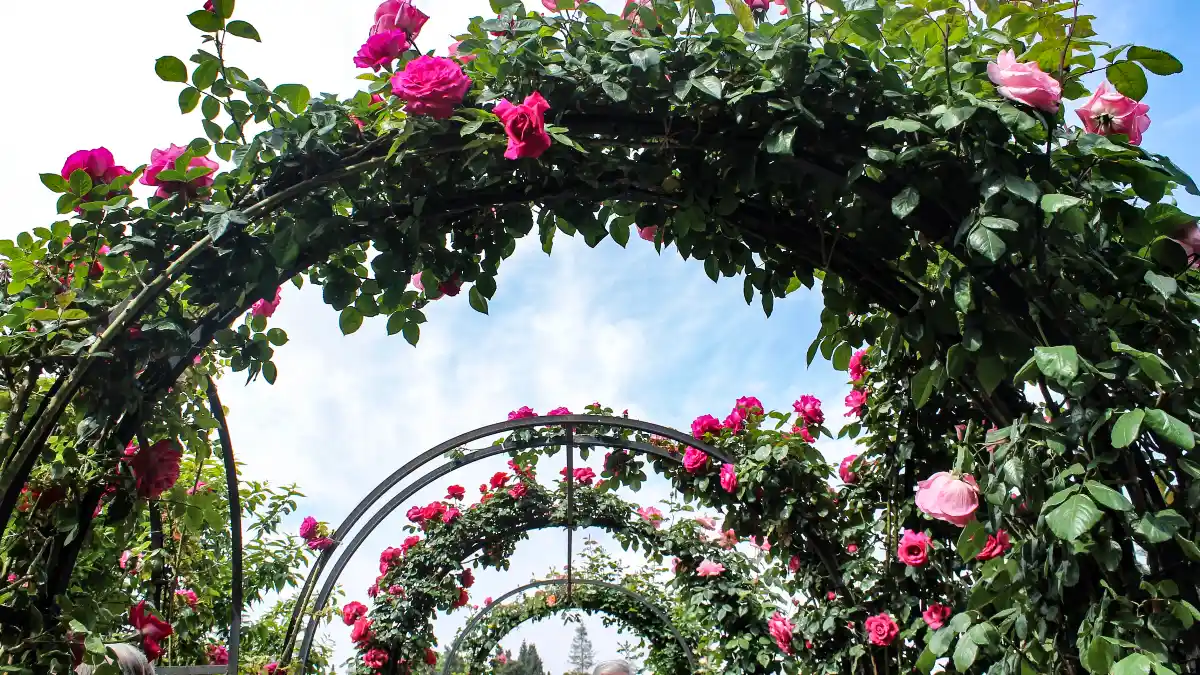
Arches and pergolas carry the romance of climbing roses—a signature of French country garden decor. The RHS recommends fixing tensioned wires with the lowest at 45 cm from ground, then 30 cm apart upward. Keep main stems as horizontal as possible to trigger more flowering laterals; on posts, spiral stems gently as they climb.
Do / Buy / Measure
- Set the framework first: Stainless vine eyes + 2–3 mm wire, lowest 45 cm, then every 30 cm. Pre-drill arch uprights for tidy tie-in points.
- Train smart: Fan stems sideways; on pergola uprights, spiral and then tie shoots across the top to make a flowering “roof.” (David Austin Roses uses this exact approach.)
- Pick varieties for the structure: For arches/pergolas, David Austin suggests larger climbers/ramblers; for all-summer color, mix repeat-flowering climbers and a late-flowering clematis to extend the season.
- Aftercare: Tie-in new growth a few times each season; winter prune to remove dead/diseased wood and tip-prune to encourage laterals.
Result: a rose arch that blooms along its length (not just at the top) and stays serviceable for years.
7. Install a Stone Wall Fountain or Bird Bath

A stone wall fountain or bird bath adds calm sound, patina—and real habitat value. Use a recirculating (mains or solar) pump for low water use and easy installs. For birds, the bath should be shallow with textured grip so even fledglings can enter and exit safely. Garden editors and ornithology advisers consistently stress shallow depth and rough stones underfoot.
Do / Buy / Measure
- Depth & shape: Aim for ~2–3 in (5–7.5 cm) water in a wide, shallow basin; add natural, rough stones for perching. (Advice echoed by Gardenista and Audubon-aligned guides; RSPB suggests shallow sloping sides with overall depth under 10 cm.)
- Placement: Site in dappled shade, with open sightlines and nearby cover; refresh water often to prevent algae/mosquitoes. (Cornell/Audubon-style guidance.)
- Wildlife value: UK Wildlife Trusts encourage adding water—even small features—to support birds, pollinators and amphibians.
- Style note: For authentic Provençal flair, look for carved stone basins or Anduze-adjacent pieces from specialist makers and importers.
8. Screen with Rustic Willow Hurdles & Edging
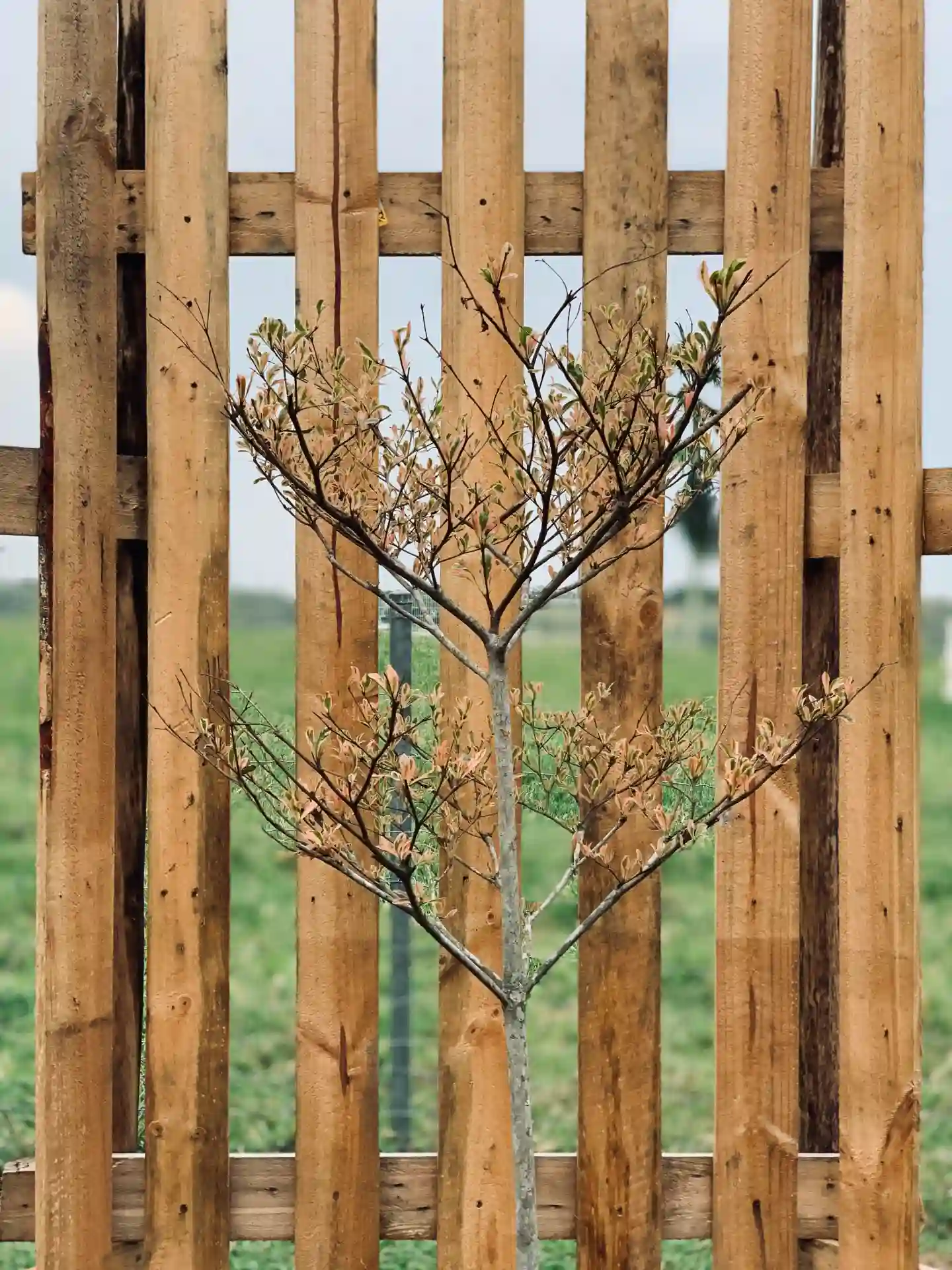
Hand-woven willow hurdles give instant country texture and work as windbreaks and privacy screens—perfect for softening boundaries in small gardens. Compared with hazel, willow weaves are finer and more flexible (great for gentle curves); they’re also typically shorter-lived, so place them in well-drained spots and keep the base off constantly wet soil to extend life. Vendor guidance puts willow at ~5–8 years and hazel at ~7–10+ years, reflecting hazel’s thicker rods and tougher weave.
For a French look, use willow for interior screening and step up to hazel for exposed edges that take the wind. Fix to sturdy posts with galvanized wire; stagger panel tops for a relaxed, rural line. (Source notes: Woven Wood on willow vs. hazel lifespans and use; additional 8-year product lifespan examples corroborate typical ranges.)
9. Galvanized Zinc or Trough Planters for Herbs & Edibles
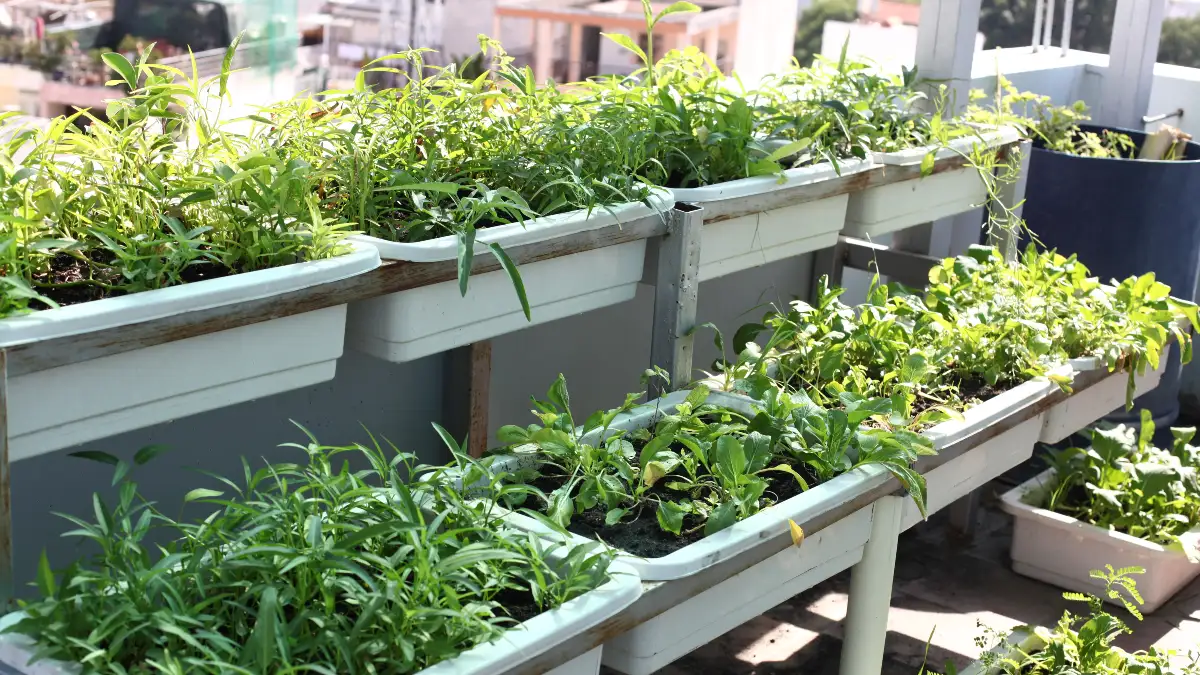
The aged zinc look belongs in a French potager. Modern planters are usually steel hot-dipped in zinc and then chemically aged—tough, weather-resistant, and developing a soft grey patina that flatters rosemary, thyme, and salad greens. Choose troughs with pre-drilled drainage or add holes yourself; raise on pot feet so water clears after rain.
For DIY, the HGTV method is simple: drill multiple 1/4–1/2 in holes through the base, add a thin drainage layer, then fill with a gritty mix. Rectangular forms line up neatly along sunny walls; a 40 × 40 × 40 cm cube makes a strong accent by doors. (Source notes: Agriframes describes construction, finish, and drainage features on aged zinc planters; HGTV provides step-by-step galvanized-tub-to-planter instructions.)
10. Espalier Apples or Pears Against a Warm Wall
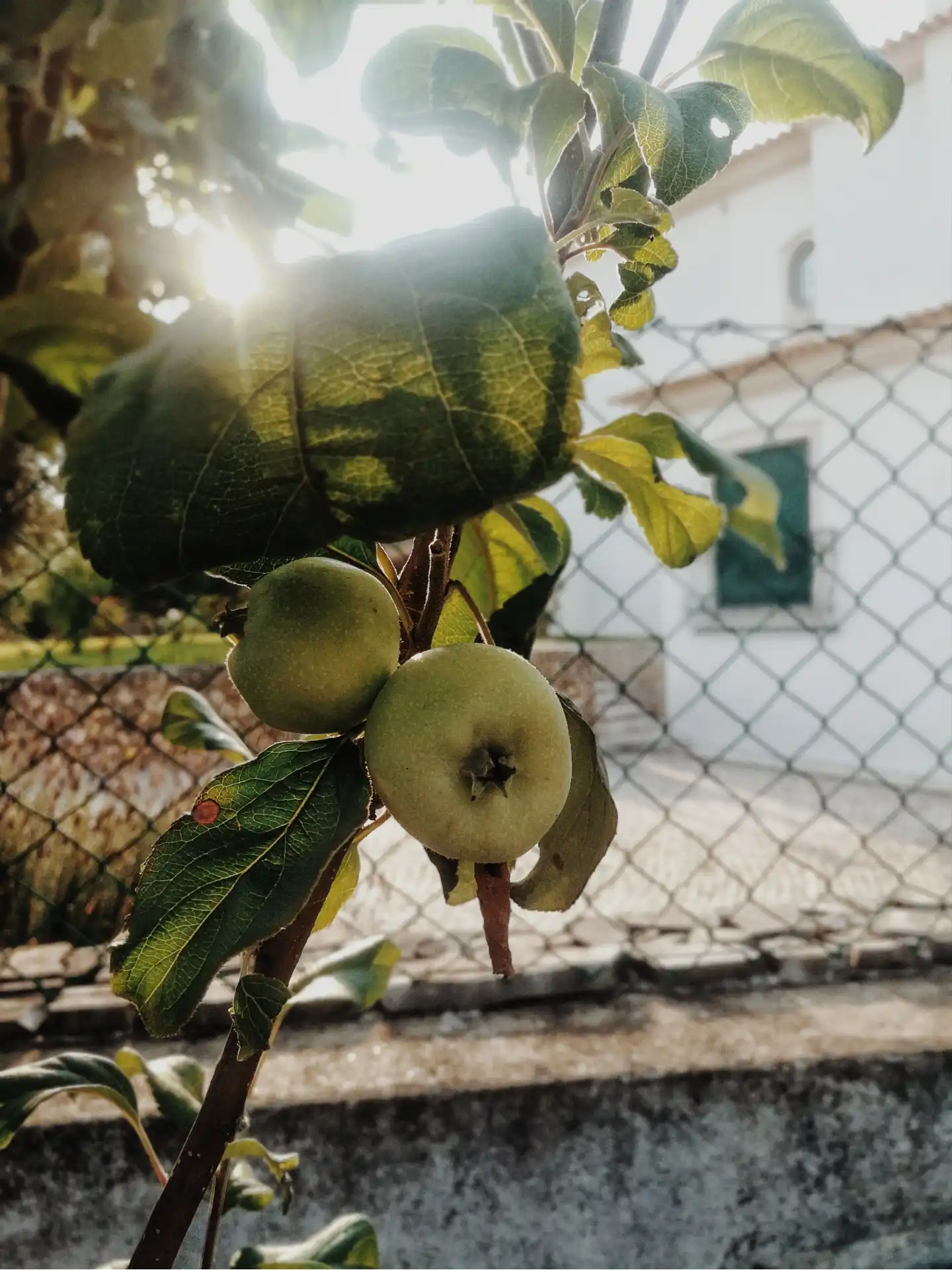
Espalier fruit trees give you the classic European look—edible, decorative, and space-saving. The RHS advises installing a permanent support before planting: tension galvanized wires on vine eyes fixed to posts or masonry. Keep the wires at least ~10 cm off the wall for airflow; on free-standing lines, use 1.8 m posts spaced 2–3.5 m apart and 2.5 mm wire.
In year one, select a central leader and two opposing laterals; tie laterals horizontally to a wire tier and remove competing shoots. Summer tip-prune new laterals to encourage spurs; winter tidy to maintain form. A south- or west-facing wall boosts ripening, and the formal geometry pairs beautifully with gravel and clipped herbs. (Source notes: RHS step-by-step on starting, spacing, and training espaliers; RHS quick facts on minimal footprint and seasonal pruning.)
11. Romantic Lanterns & String Lights (installed safely)

Nothing sells French country garden decor after dark like lanterns and festoon lights—but wire them safely. In the UK, Electrical Safety First recommends using an RCD (residual current device) for outdoor electrics; the NICEIC further advises hiring a registered electrician, and following BS 7671/Part P rules for outdoor work.
For fittings, check IP ratings: IP44 is a rain-resistant baseline for sheltered areas, IP65 is typical for exposed wall/festoon points, IP67 for in-ground or areas prone to pooling water, and IP68 for submerged features. Layer for mood—table lanterns at seating height, warm festoons overhead, and subtle path uplights.
“Moonlighting” (mounting soft, warm lights high in trees to mimic moonbeams) is a 2025 staple in design media and creates that dappled, romantic glow with fewer fixtures. For authenticity, mix safe, modern electrics with traditional lantern silhouettes from heritage garden suppliers. (Source notes: Electrical Safety First on RCDs; NICEIC guidance for competent installers; trade/industry sources on outdoor IP selection; Homes & Gardens/Ideal Home on the moonlighting trend.)
12. Create a Herb-Edged Parterre
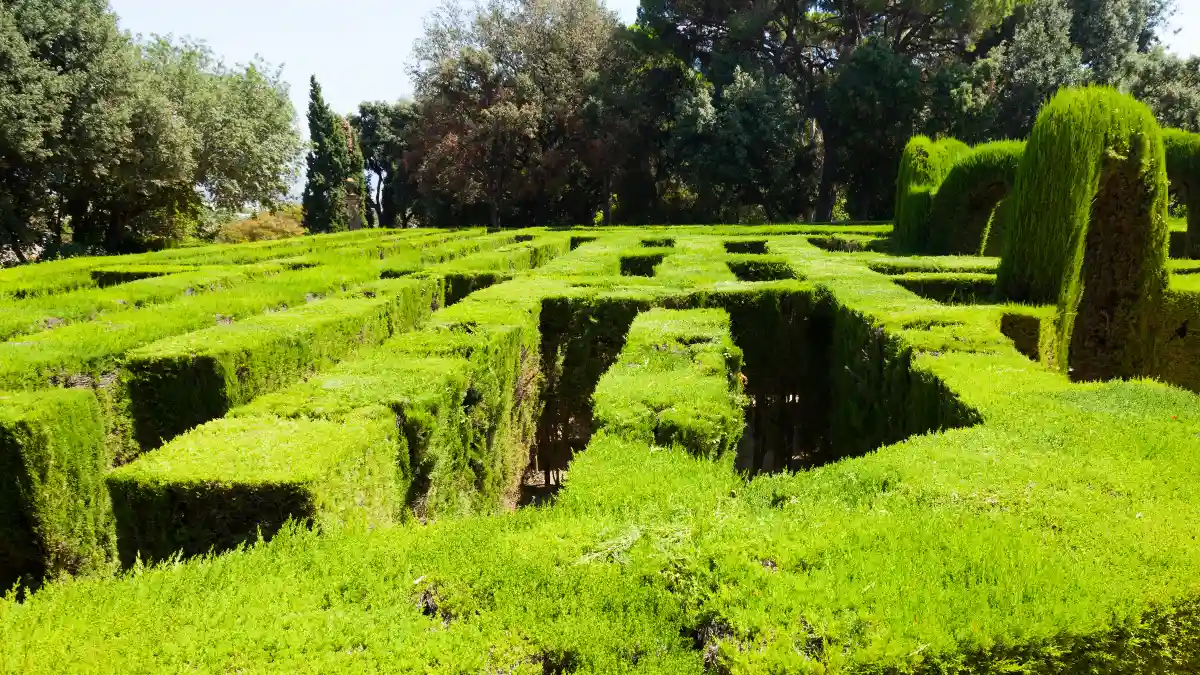
For a knot-garden look without buxus, edge beds with hedge germander (Teucrium × lucidrys), santolina, hyssop, and lavender—all clip-able, sun-loving, and happy in free-draining soil. Norfolk Herbs describes hedge germander as a compact, bee-friendly low hedge that stays neat with regular trims; the RHS lists santolina as a useful dwarf-hedging substitute (just note it can be short-lived, so replant sections as needed).
For lavender, The English Garden advises 35–45 cm spacing for a continuous edging and about 45 cm final height—perfect for parterre outlines. Keep the geometry crisp with one shaping trim after flowering (santolina, teucrium, hyssop), and a light annual trim for lavender to maintain mounds.
Plant in sun, on a slight mound if your soil holds winter moisture. For cultivar sourcing and cultural notes, specialist nurseries like burncoose.co.uk offer reliable profiles and sizes to mix and match.
13. Gravel Paths with Neat Edging
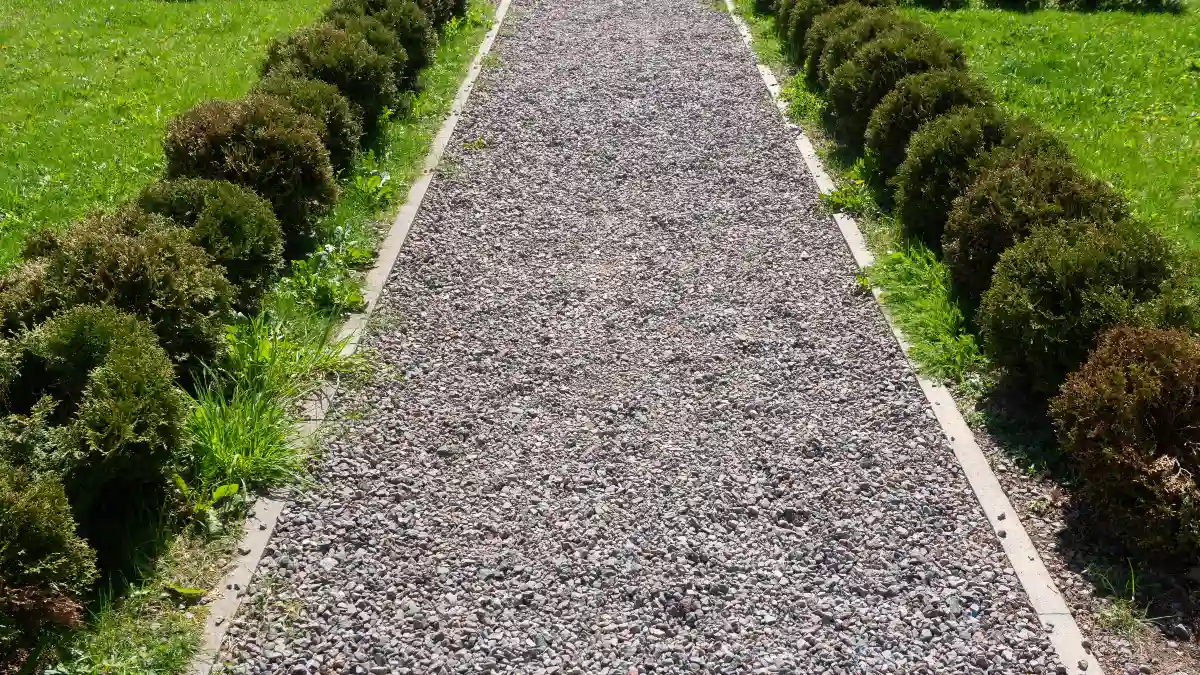
For a comfortable gravel path, most UK suppliers recommend 10 mm gravel at ~30–40 mm depth over a compacted, free-draining base; it’s kinder underfoot than larger grades. Where you prefer a chunkier feel, use 20 mm gravel at ~40–50 mm. Contain the surface with steel, aluminium, or stone edging to stop scatter and to keep the lines crisp.
Mainland Aggregates specifies 30–40 mm for path finishes; The Sand & Gravel Company echoes 40–50 mm for loose gravel walkways. Before ordering, plug your area and depth into a gravel calculator (e.g., many suppliers estimate a 5 m × 5 m path at 40 mm needs roughly three bulk bags).
If you’re considering self-binding gravel, follow the supplier’s compacted depth guidance separately—it’s installed differently from loose pea gravel. Finish by raking the surface level and leaving a small lip below the edging so stones stay put in heavy rain.
14. Tuteurs & Obelisks for Vertical Charm
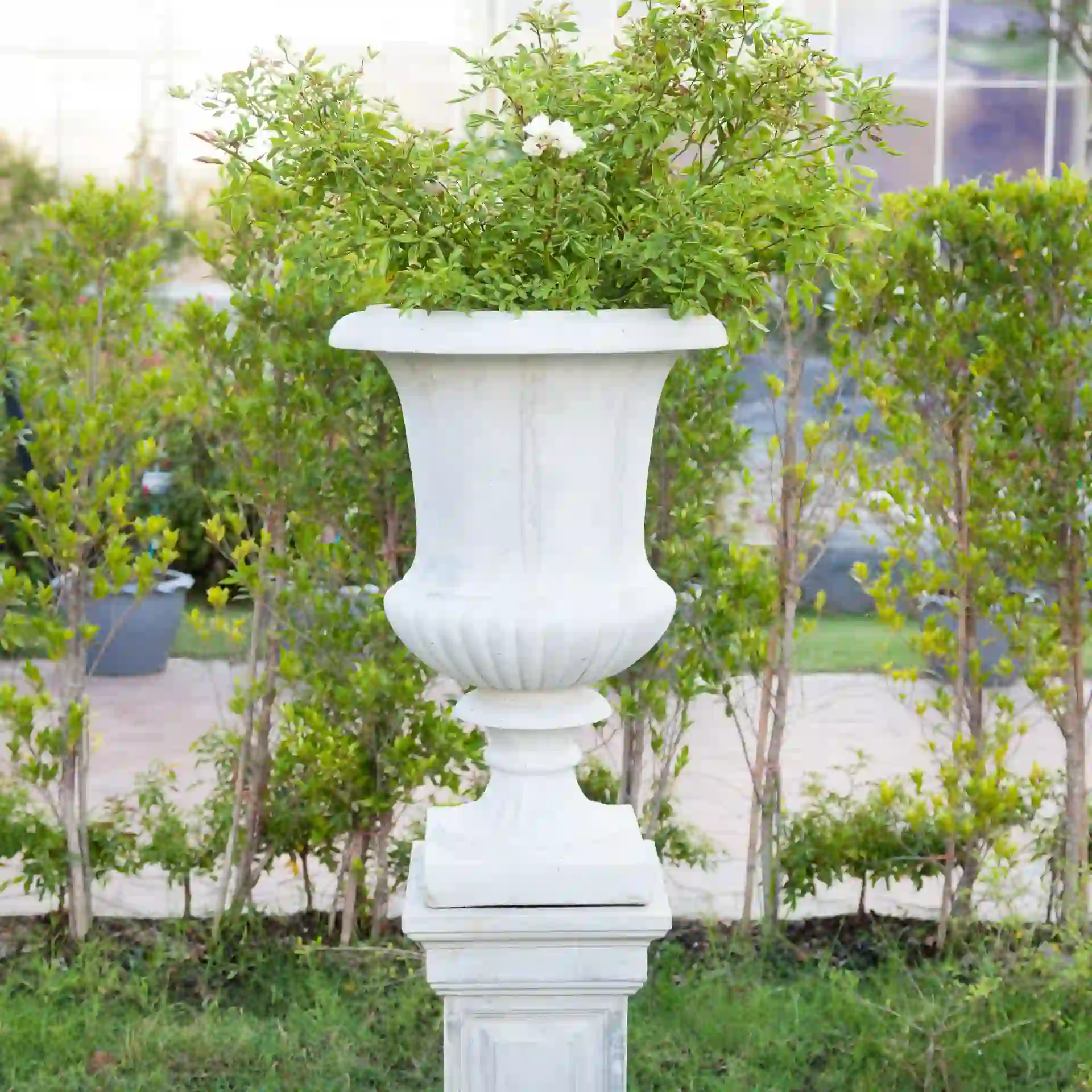
Add instant verticals with metal or woven-willow tuteurs/obelisks—ideal for clematis, sweet peas, and other small climbers. Quality steel tuteurs (e.g., Kinsman Garden) are powder-coated and sized from ~60 in (1.5 m) for pots up to ~94 in (2.4 m) for borders; product guidance explicitly notes they’re perfect for rose-and-clematis combos, making them a natural fit beside benches or at parterre corners.
For a softer, rustic look, weave your own willow obelisk—plenty of step-by-step videos show how to build durable frames from coppiced rods in an afternoon. Placement tip: repeat two or three matching obelisks down a border to create rhythm, or drop a single tall piece in a large container as a focal point near the bistro set. Tie growth loosely with soft ties and rotate ties each season so stems don’t pinch as they thicken.
15. Water-Wise Details that Look On-Theme
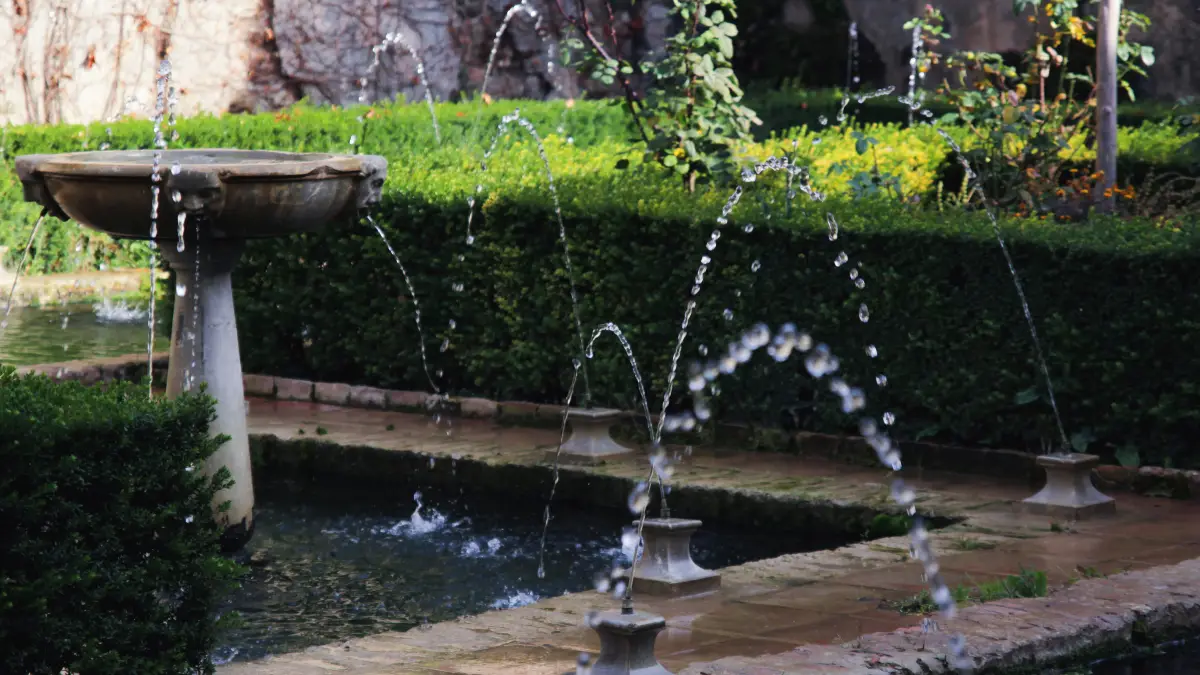
Hide sustainability in plain sight. Fit an oak-barrel-style water butt to a downpipe with a diverter kit, and raise the butt (on a stand or slabs) so a watering can slides under the tap—standard best practice in water-saving guides.
The RHS encourages water-collection as part of its 2025 Water-Neutral advice, and notes that a simple organic mulch can reduce water use by up to 75%—lay 5–7 cm in spring, keeping stems clear. For installation help, Waterwise and RSPB give step-by-step diverter and siting tips (flat base, near the downpipe).
In borders, run discreet drip irrigation under mulch; emitter lines deliver water at the root zone and are easy to scale for long beds (DripWorks-style systems are a good reference). Finally, trends point the same way: Houzz highlights climate-conscious, water-wise design as a defining 2025 theme—so these practical moves are also right on trend.
Conclusion (100–150 words)
You don’t need a chateau to get the mood. Permeable gravel, wrought-iron seating, lavender and herbs, low hedging, roses on tuteurs, a stone water feature, and warm lantern light bring Provençal calm—backed by smart, 2025-ready choices like mulch, rainwater collection, and pollinator-friendly planting. Start small and build in layers.
Pick three ideas you can do this month: lay a gravel bistro corner, plant one large terracotta urn by the door, and add lanterns/festoon lights for evenings. Next season, train a rose arch, clip herb edging, and expand the potager. With clear specs, spacing, and safety notes, you’ll transform your space—you just need a free weekend. Now’s the time to upgrade your French country garden decor this weekend.


